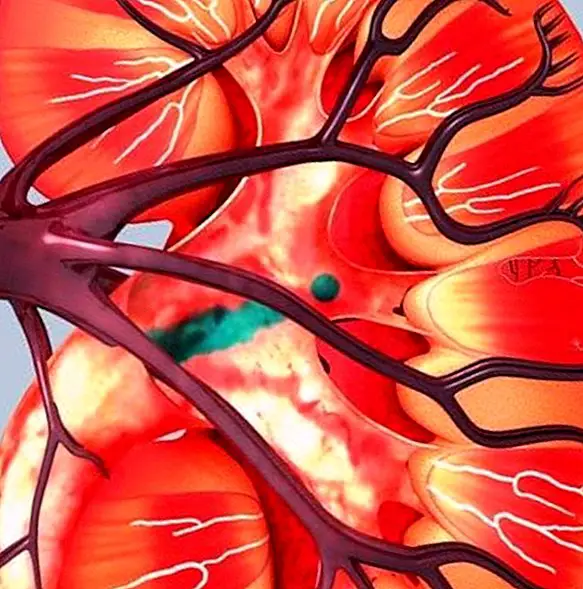They create the first laboratory hamburger
It seems that for the first time we can talk about the creation of the first hamburger produced in the laboratory, and not -precisely- from the body of a cow, which could become the first step for the production of meat in a much more sustainable way, saving suffering to the animals and with a lower environmental impact.

For its creation, researchers from the University of Maastrich (Netherlands) extracted stem cells from the shoulder of a cow. With them they created crops that, during three weeks, were developed and multiplied. Then, those groups of cells were placed in other containers in which these cells began to organize themselves forming small strips of muscle, which eventually became the burgers.
The result is more than evident: according to nutrition expert Hanni Rützler, "it is something close to meat"; although the nutritionist missed the fat that tends to accompany the muscle itself in animal burgers.
Asked the researchers for the safety and risks of this product made in the laboratory, they assure that "it is the same tissue as the cow and it is meat", so "it does not have to be less safe than normal meat".
Many advantages, not only economic but also environmental
Although it may seem difficult to think, the fact is that cows are inefficient when it comes to producing food: to produce 15 grams of animal protein, 100 grams of vegetable protein are required.
However, with the new system, given that all the variables are controlled, it is possible to improve efficiency, space would be saved and deforestation would be reduced, and all this would be done without producing methane as the cows do.
In addition, and here is the most important thing, suffering would not be inflicted on animals, as it is with the current way of producing meat.
Via | The Journal This article is published only for informational purposes. You can not and should not replace the consultation with a Nutritionist. We advise you to consult your trusted Nutritionist.


